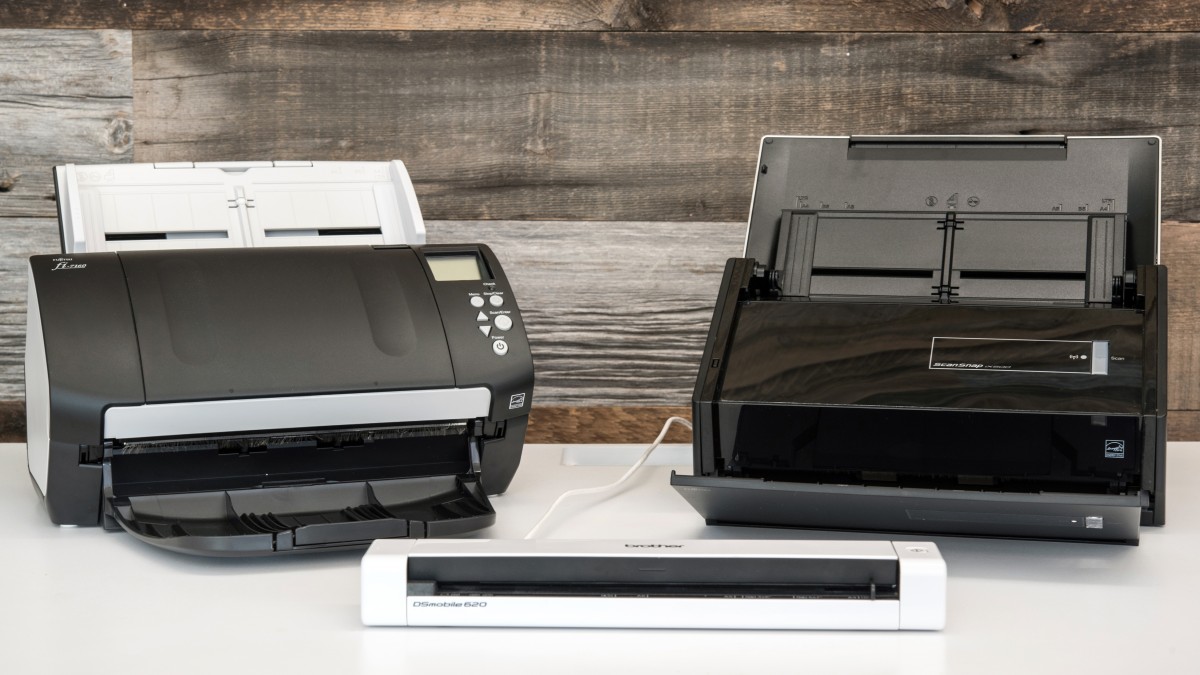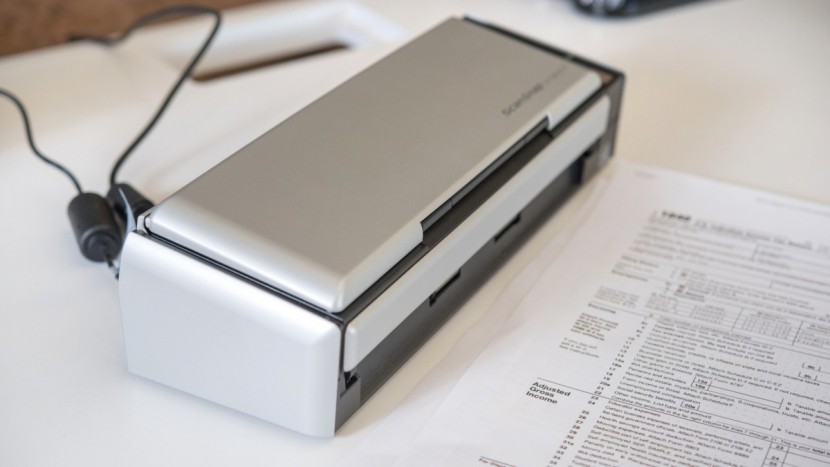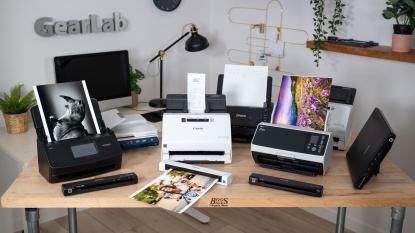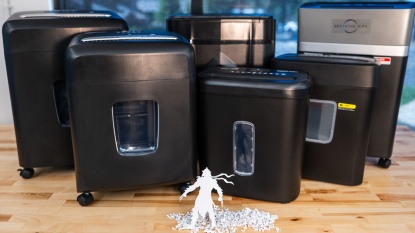If you have large piles of paper stacking up on your desk or are just trying to get your workspace fully outfitted and in order, our review of scanners can help you find the right model to eliminate the clutter by preserving it all digitally. However, not all document scanners are created equal. Some excel at receipts and small documents, while others specialize in digitizing longer documents quickly and effortlessly. To cut through the confusion, we bought and tested the best options available today, and we've laid out a step-by-step buying guide to help you choose the best model for you.
Choosing the Right Document Scanner
Step 1: What Are You Scanning?
Our review focuses on document scanners, which generally handle paper documents, receipts, and ID cards. If you are mostly scanning these types of things, read on.
If you're looking to digitize a bunch of old photos, you're going to want a dedicated photo scanner. These models are generally bed-style scanners (so you don't bend the original photograph) and are better optimized for high resolution and more accurate color reproduction, not lengthy documents.
Step 2: How Often/Much Do You Scan?
The volume and type of scanning jobs you will perform during a typical day will largely dictate which model you should get. If you tend to scan only a few documents or receipts a week, you are best off using a cheap smartphone app like the Scanner Pro App. This app uses the camera on your smartphone to create high-quality PDFs that you can share via email, text, or Bluetooth. It also performs optical character recognition well, making your documents searchable. If you tend to scan a few 10ish page long documents a week, a portable model like the Brother DS-620 Mobile adds a level of convenience over taking photos of each individual page. You just have to feed each page you want to scan into the scanner, and it does the rest.
If you scan dozens of pages every day, it is worth investing in a high-end model like the Fujitsu iX1600 or the Epson WorkForce ES-400. High-end models can zip through documents in a flash and often have automatic document feeders, so you don't have to load the pages individually. You'll want to make sure you have a document feeder that is large enough for the types of documents you tend to scan, as their capacities range from 10-pages to 80-pages.
Step 3: Do You Need Optical Character Recognition? Probably
Optical Character Recognition (OCR) is a software program that recognizes text, resulting in PDFs with searchable text. Even if you aren't planning to copy and paste large sections of text from the documents you scan, OCR can help keep you organized because it allows you to search your hard drive for documents based on the text they contain (i.e., find every document that includes a specific credit card number). All but one of the models we tested features OCR, though some tend to be more accurate than others. You can look to the Software section of our reviews for more information on a specific model's OCR capabilities and performance.
Step 4: Does Resolution Matter?
For text documents, you don't need to worry about resolution. All but the smallest text is perfectly readable at a 300 dpi (dots per inch) resolution. All the scanners we tested provide at least 600 dpi, double the minimum acceptable quality. When you get into scanning and printing photos, that is when resolution becomes more important.
Step 5: Think About Compatability
Almost all scanners come with PC-compatible software, but some don't play so nicely with Mac operating systems. While you can generally find 3rd party drivers for models that aren't inherently Mac-friendly, this often comes at the expense of some level of functionality. If you're a Mac user, it's better to stick with a model that comes with Mac software in the box.
Conclusion
With the right tool, you can turn stacks of paper into neat, emailable PDFs. We hope that our buying guide has led you to the right model for all your document digitization needs. You can head over to our review of the top-ranked scanners for a full breakdown of our tested models.





